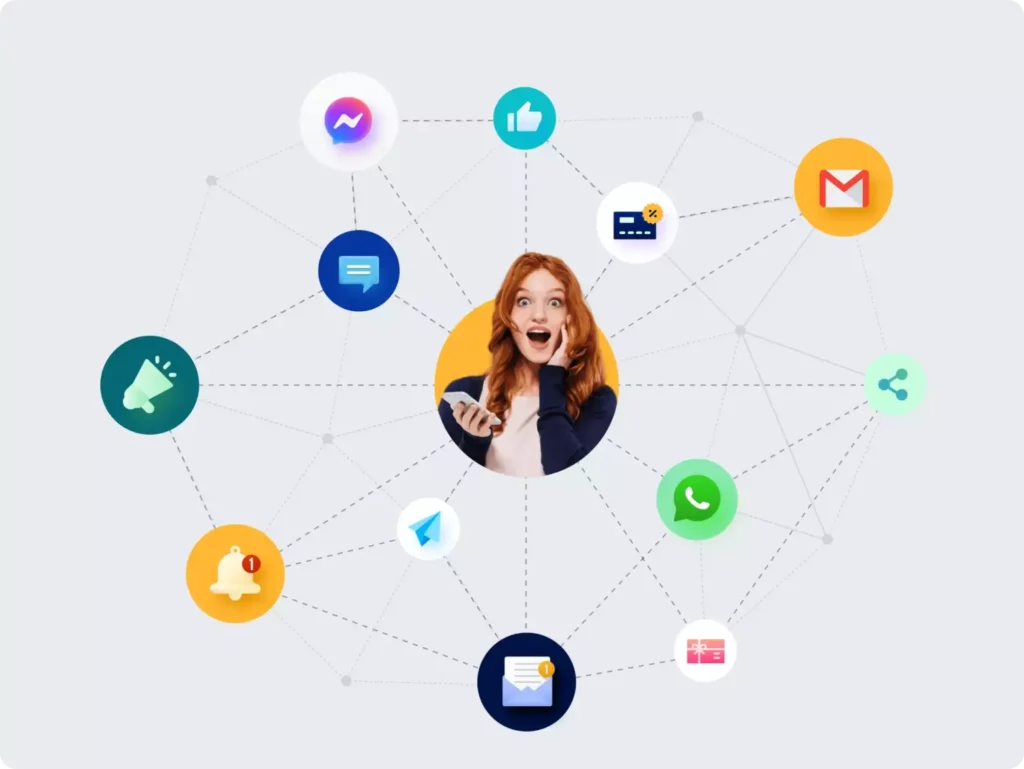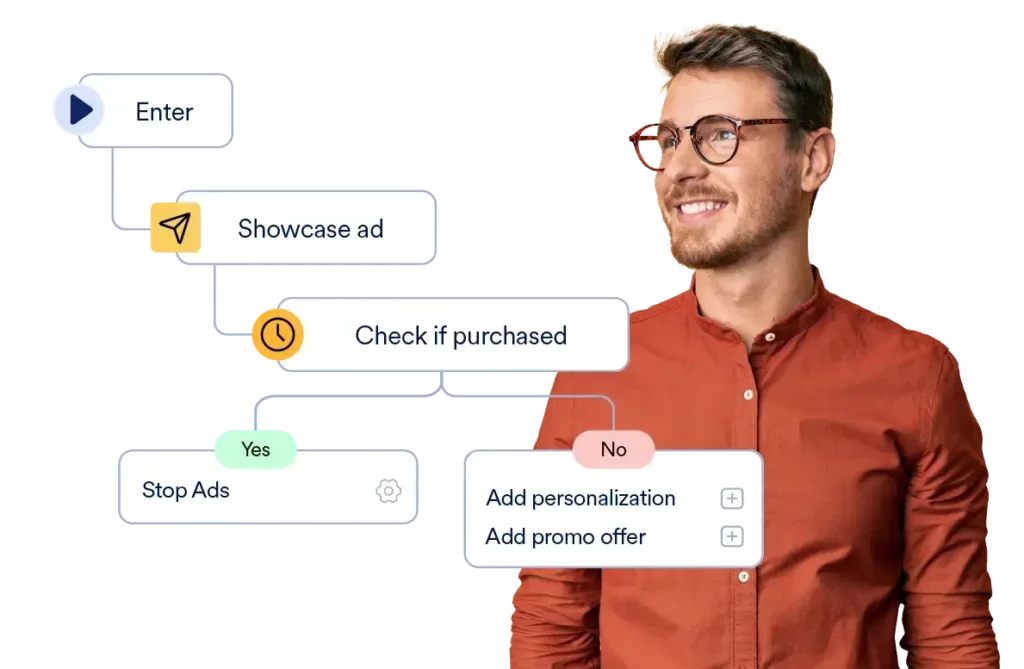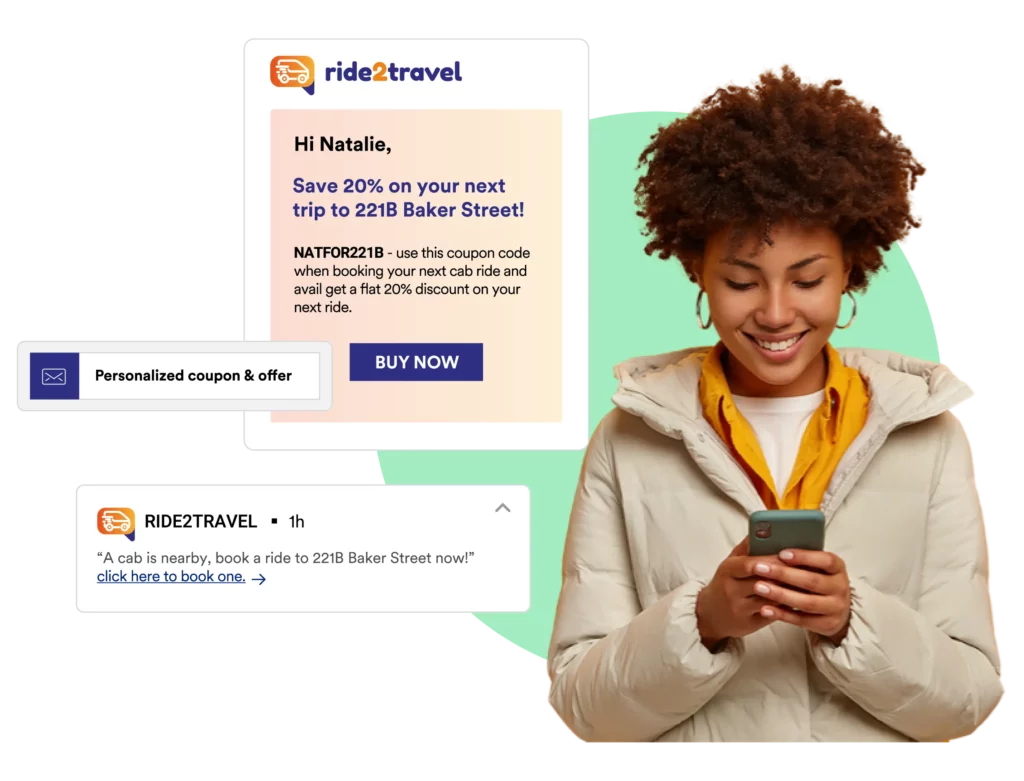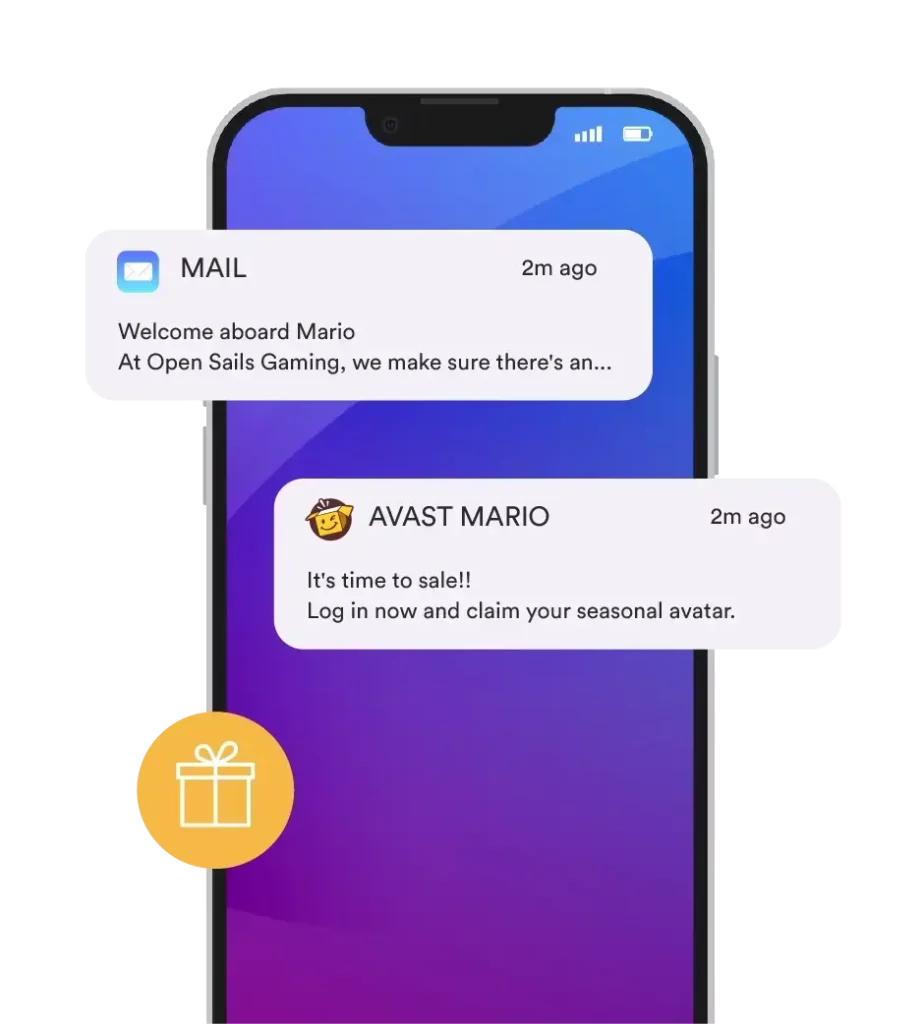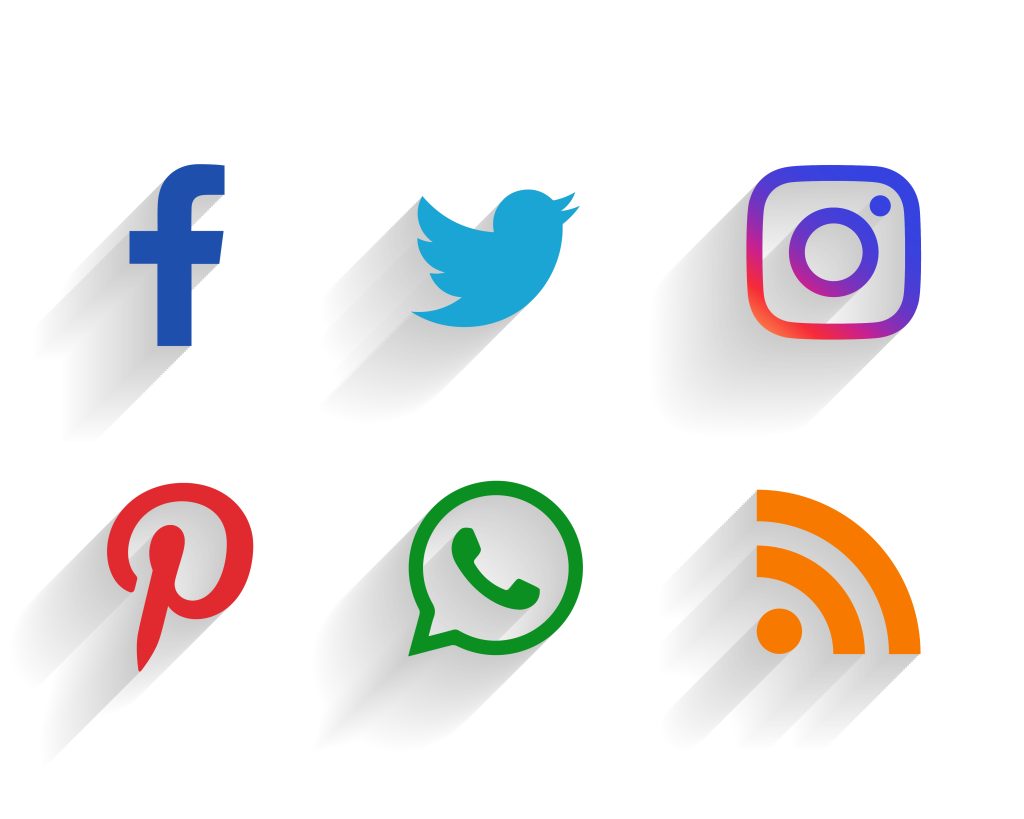Speaking of analysis and testing, these are the elements that’ll be instrumental when it comes to one of the most important parts of your PPC program: optimizing.
Leaving your ads running without monitoring how your audience responds and testing different elements (like the visuals on your landing page or your ad headline) is a surefire way to have your ad grow stale – giving competitors a better chance at snagging your spot on the search engine results page (SERP). Yikes.
This is why any agency worth its salt will help you not just launch PPC campaigns, but optimize them, too. That process generally looks like:
- Testing various campaign assets, keywords, and landing pages
- Updating your negative keyword list as needed
- Taking advantage of assets (formerly dubbed “ad extensions” by Google)
- Tweaking your bidding strategy as needed
- Monitoring your Quality Score
- Testing new match types
- Using tools like heatmapping to analyze user behavior
